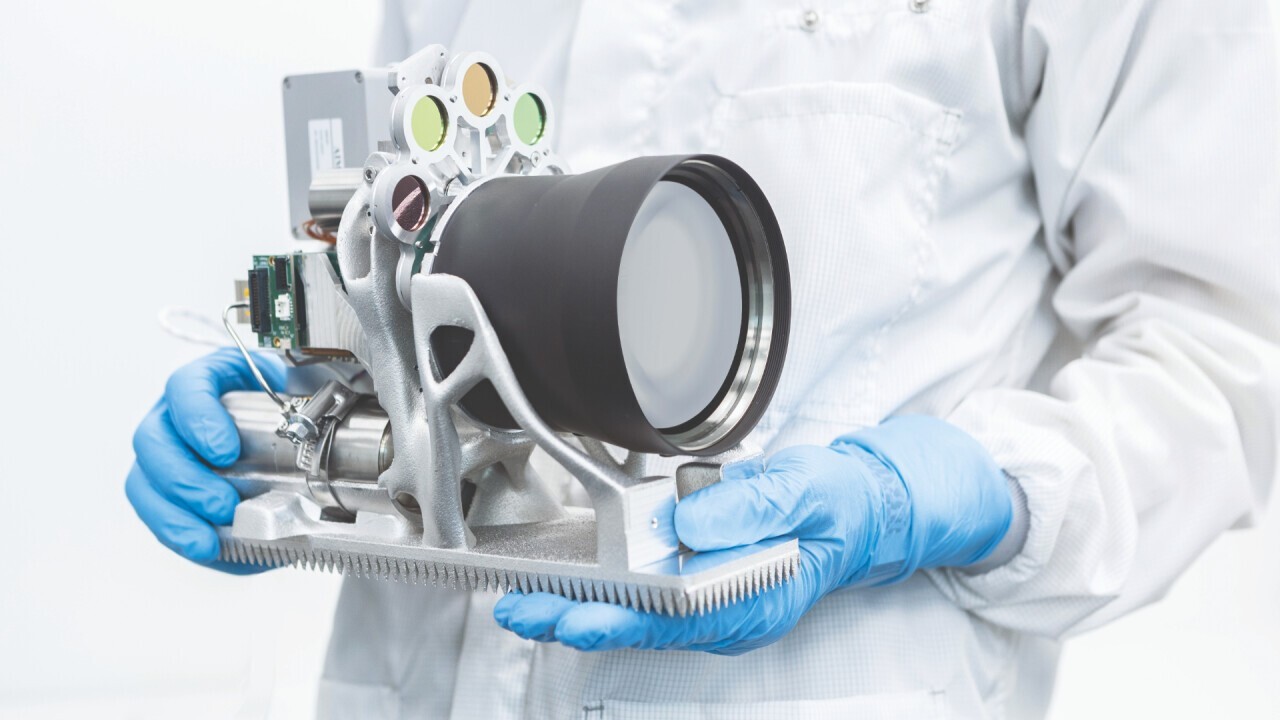Nanosatellite 'ERNST' - Bringing Multidisciplinary Topology Optimization into Orbit
The ERNST mission successfully demonstrates the application of multidisciplinary topology optimization and generative design in the realm of nanosatellite technology.
Bookmark
The ERNST mission successfully demonstrates the application of multidisciplinary topology optimization and generative design in the realm of nanosatellite technology. Launched into space, the 12U CubeSat ERNST is equipped with an advanced cryogenically-cooled infrared imager. Its optical bench is designed to meet multiphysical demands such as heat dissipation, mechanical loads, and vibration resistance. A pyramidal radiator surface enhances thermal management and contributes to the payload's functionality. We provide actionable recommendations for generative design processes, emphasizing the benefits of additive manufacturing in achieving tailored structures for specific mission requirements. With successful vibrational testing and the utilization of high-performance materials like Scalmalloy®, the ERNST mission validates the potential of advanced manufacturing techniques in space applications. As we move forward, the insights gained from ERNST will pave the way for future developments in nanosatellite missions, highlighting the importance of innovative design strategies in addressing the challenges of space exploration.
Presentation language: ENG
Speakers (1)

Dr. Aron Pfaff
Group Leader Additive Design & Manufacturing Fraunhofer Institute for High-Speed Dynamics, Ernst-Mach-Institut (EMI), Freiburg


